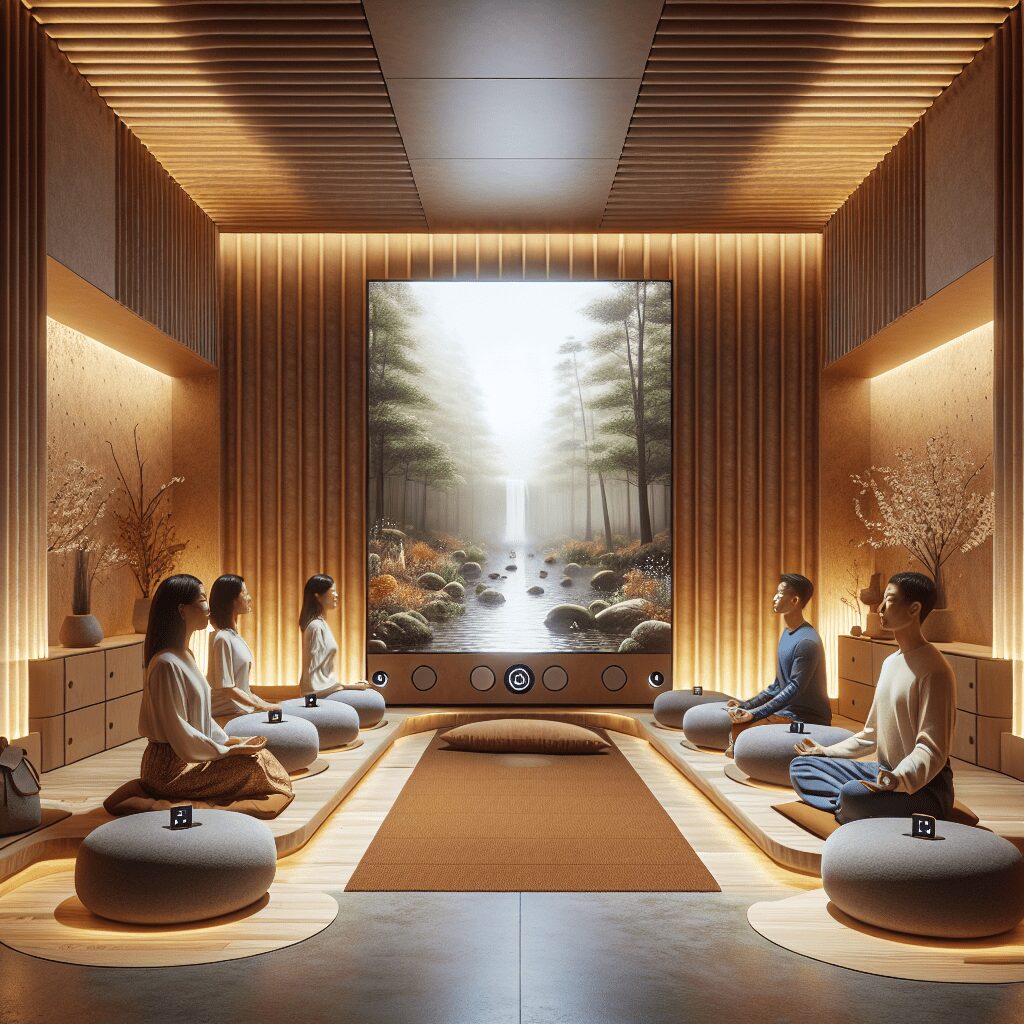
Prioritize your mental well-being daily. Enhance your life by nurturing your mental health with the Smart Meditation app. Break free from stress, alleviate anxiety, and enhance your sleep quality starting today.
Zen Painting Activities
Unleash Your Inner Artist: A Guide to Zen Painting
In today’s bustling world, finding a serene oasis to quiet the mind and nourish the soul is a treasure. Enter the world of Zen painting, a blissful confluence of art and meditation that offers a sanctuary of peace and creativity. Unlike traditional art practices focused solely on the end product, Zen painting emphasizes the process, inviting a meditative state and fostering a deep connection between the artist and their canvas. Ready to dive in? Let’s embark on a journey into the heart of Zen painting activities, where every stroke is a step towards inner peace.
The Zen Canvas: More Than Just Painting
Zen painting isn’t just about creating aesthetically pleasing artwork; it’s a form of moving meditation. The rhythmic strokes, the focus on each moment, and the harmony of colors all serve to anchor the artist in the now, turning each session into a retreat from the clamor of daily life. Here are some activities to get you started:
- Brush Meditation: Before you even start painting, hold your brush lightly and focus on your breath. This simple act can help you center your thoughts and bring a calm focus to your craft.
- Ink Wash Painting (Sumi-e): Sumi-e, a form of Japanese ink wash painting, embodies the Zen principle of minimalism. Using only black ink and varying pressures, artists can convey the essence of their subject. The beauty of Sumi-e lies in its simplicity and the expression of significant meaning through minimal strokes.
- Mandalas and Thangkas: Traditionally used in Tibetan Buddhism, creating mandalas and thangkas is a form of meditation in itself. These intricate designs symbolize the universe and spiritual journey, guiding the artist and viewer towards a contemplative state.
- Nature-Inspired Art: Take inspiration from the world around you. Nature has always been a central theme in Zen art, symbolizing the transient nature of life. Try your hand at capturing the simplicity and beauty of nature, whether it’s a single flower or a sprawling landscape.
Tools of Tranquility: Setting Up Your Zen Studio
Before you start, creating a Zen-friendly environment is crucial. Here are a few tips to turn your workspace into a Zen studio:
- Simplicity is Key: Keep your space uncluttered. A tidy workspace mirrors a clear mind.
- Natural Elements: Incorporate elements like plants or a small fountain to bring a sense of calm and connection to nature.
- Quality Materials: Invest in good quality brushes, ink, and paper. The tactile experience of using high-quality materials can enhance the meditative aspect of your painting.
- Soft Lighting: Ensure your space is well-lit with natural or soft lighting. Harsh lights can strain your eyes and disturb the Zen ambiance.
Embracing the Zen Mindset
Remember, Zen painting is not about perfection. It’s about the experience, the exploration of one’s inner landscape, and the joy of creation. Don’t fret over mistakes; in Zen, they’re considered part of the journey. Each brushstroke is a manifestation of the present moment, a reflection of the artist’s state of mind.
Taking up Zen painting can be a transformative experience, offering a unique pathway to mindfulness and artistic expression. It invites artists to slow down, embrace imperfection, and find beauty in simplicity. So, why not grab a brush, silence your phone, and let the Zen journey begin? The canvas of tranquility awaits.





